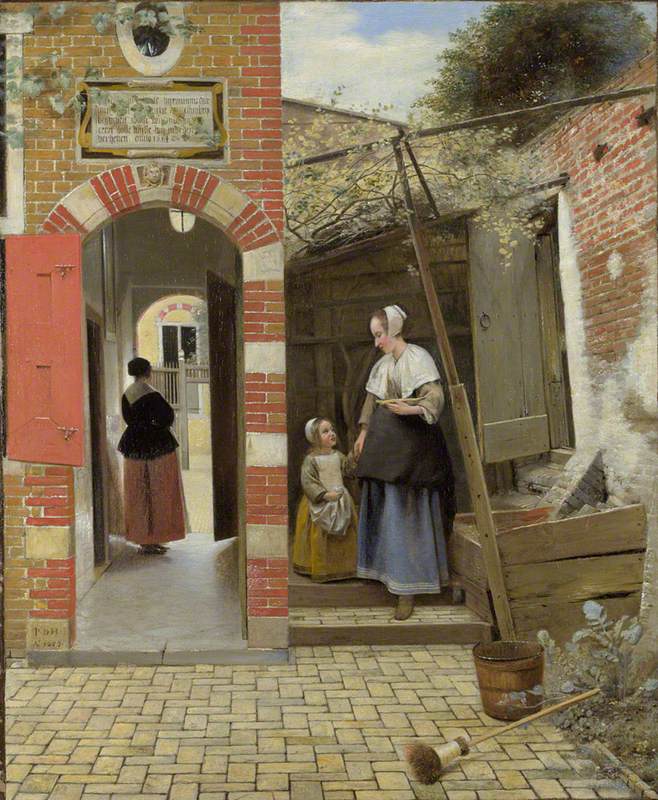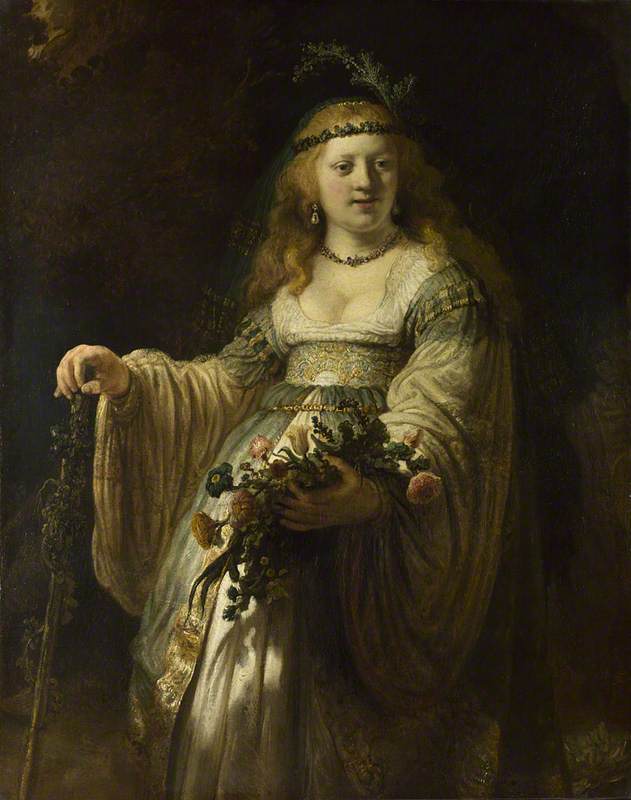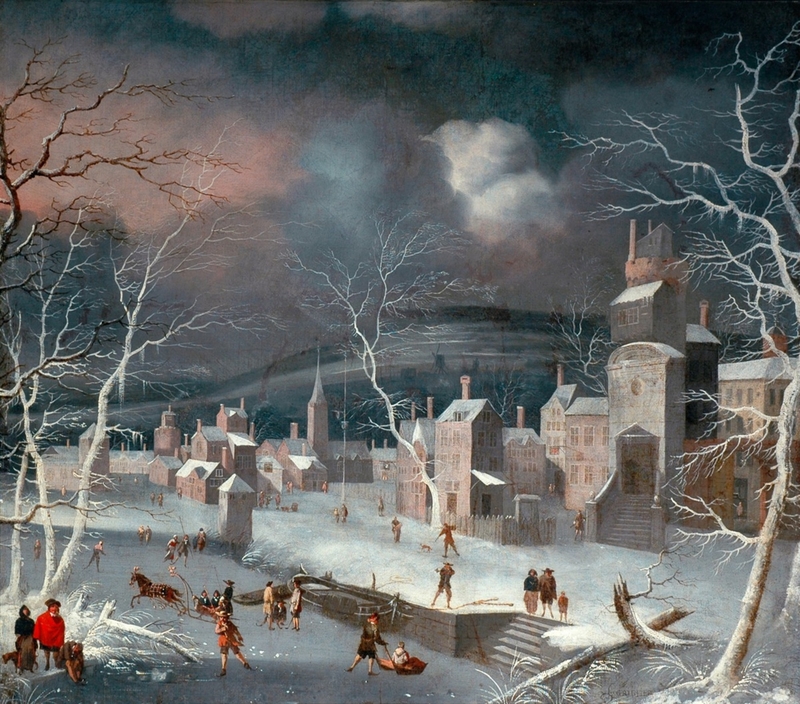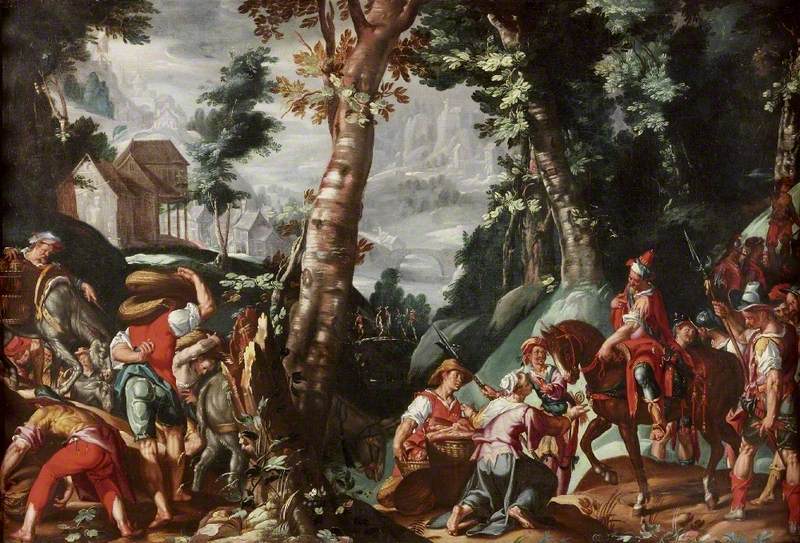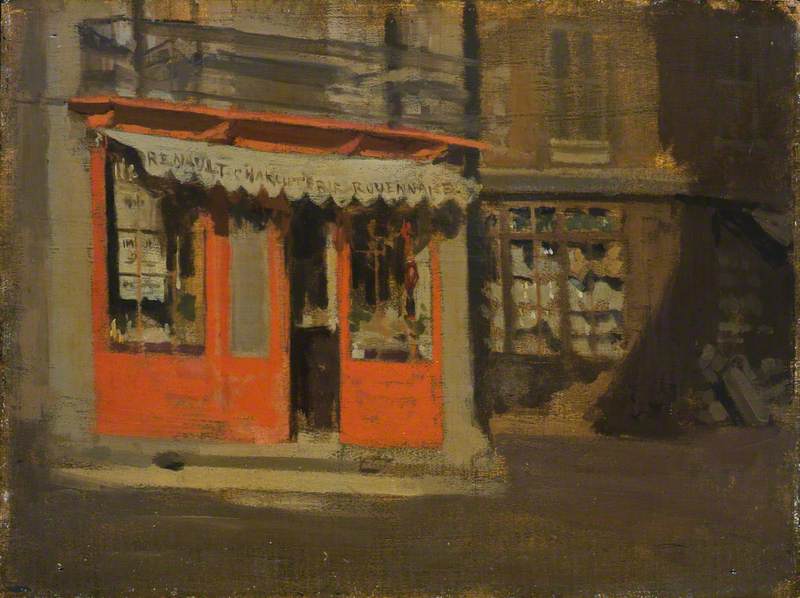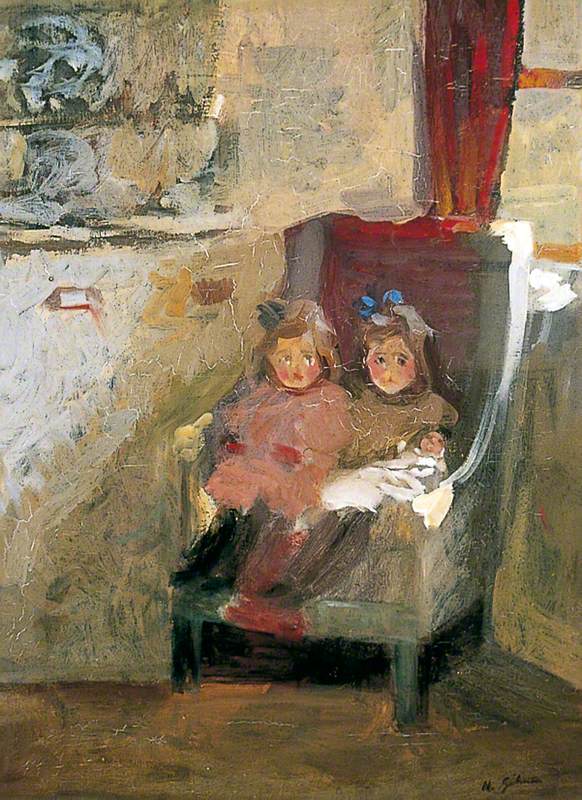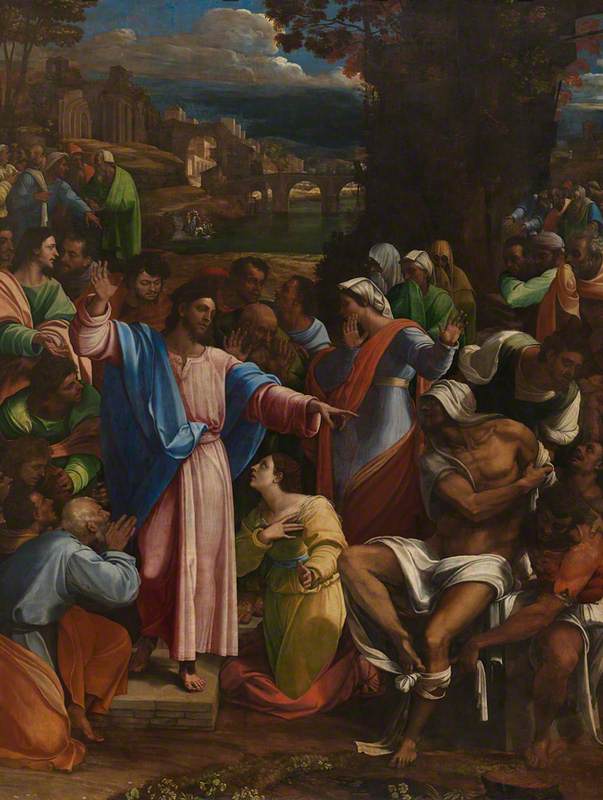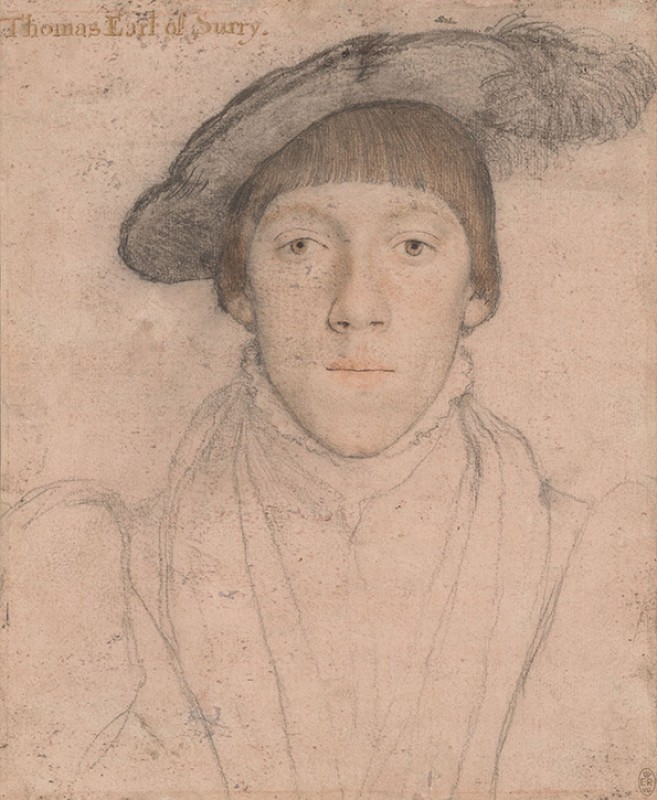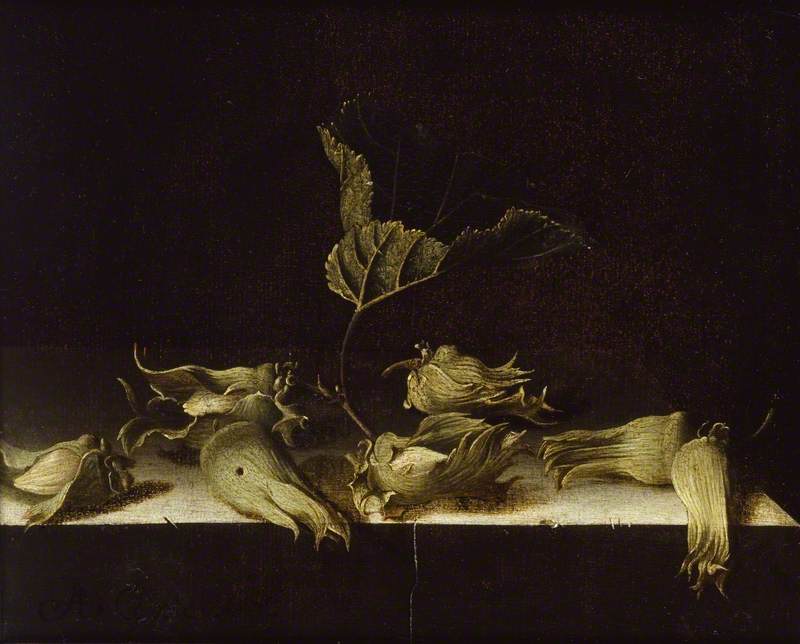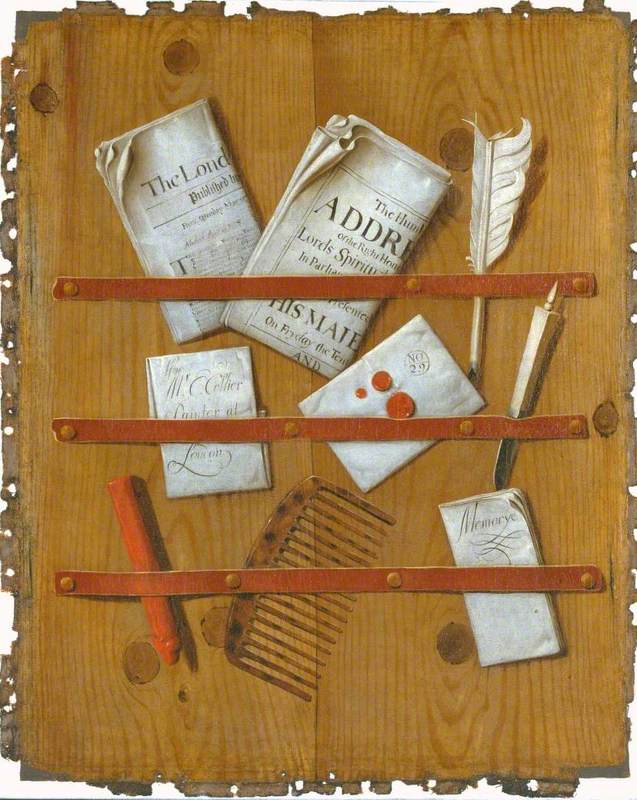Isn’t it interesting how popular soap operas are? Imagine pitching the idea to a TV executive: 'we’re going to focus on a bunch of ordinary people living ordinary lives in ordinary homes.'
'Hmm,' she might say. 'The thing is, our viewers ARE ordinary people living ordinary lives in ordinary homes. So, y’know, where’s the drama in that?'
And yet, Eastenders, Coronation Street, The Archers and the rest run year after year after year, playing to huge audiences. And for all the airtime given to the big, dramatic storylines, a greater proportion is taken up with the minutiae – going to the local shop, buying a drink in a pub, redecorating, fixing the car, chatting over a cup of tea.
We are all essentially voyeurs. We like to know what’s going on in other people’s homes, not out of prurience (well, maybe a little bit out of prurience), but out of recognition. It makes us feel safe, comfortable, reassured when we see that the basic transactions of everyday existence are universal.
Pieter de Hooch’s The Courtyard of a House in Delft couldn’t be more mundane. A woman and a child stand hand in hand outside the back door of a house. They’ve been collecting something for dinner, by the looks of it. Herbs maybe, or eggs, or grain? The door to an outbuilding is open, so perhaps that’s where they’ve come from. The woman has a bowl, and the little girl’s carrying hers in her pinafore. She’s chatting about something, but the woman looks down distractedly. Maybe she’s telling her to mind the step; maybe she’s just thinking about dinner. Everything’s neat and well looked after – there’s a broom on its side by the freshly swept cobbles. But it’s also a little bit rough around the edges.
We can see inside the house too, or at least into the alleyway, where another woman, a little more smartly dressed, stares into the street. Who’s she waiting for? Is this a special meal – a homecoming for someone perhaps?
De Hooch’s Dutch Interiors – or exteriors in this case – are in some ways the soap operas of their day. They offer us a little glimpse into an everyday world that’s both long-gone and yet still extant. It’s the detail that captures your attention and gives the paintings their immediacy. All his people are suspended in time, caught as if by a camera in the act of doing not very much. But his extraordinary skill in creating light and shadow, and his love of perspective is what draws you further in. You want to know what’s going on in the background, and what’s going on just out of shot. Considering how apparently simple they are, these paintings are deceptively complex. They hint at a subtext we ourselves begin to supply. There must be a reason, we think, why he’s painted this. Why these figures? Why in that location? Why at that time of day?
In fact, perhaps the soap opera analogy is wrong, because in soaps, everything is said. In De Hooch’s work it’s all just hinted at. Maybe a better comparison would be the plays of Pinter, where everything looks straightforward, but nothing ever is.
This painting exemplifies that – the child’s chatter masks whatever the two women are thinking. But there they are, in full view, still thinking it. So what’s going on in all that silence?
